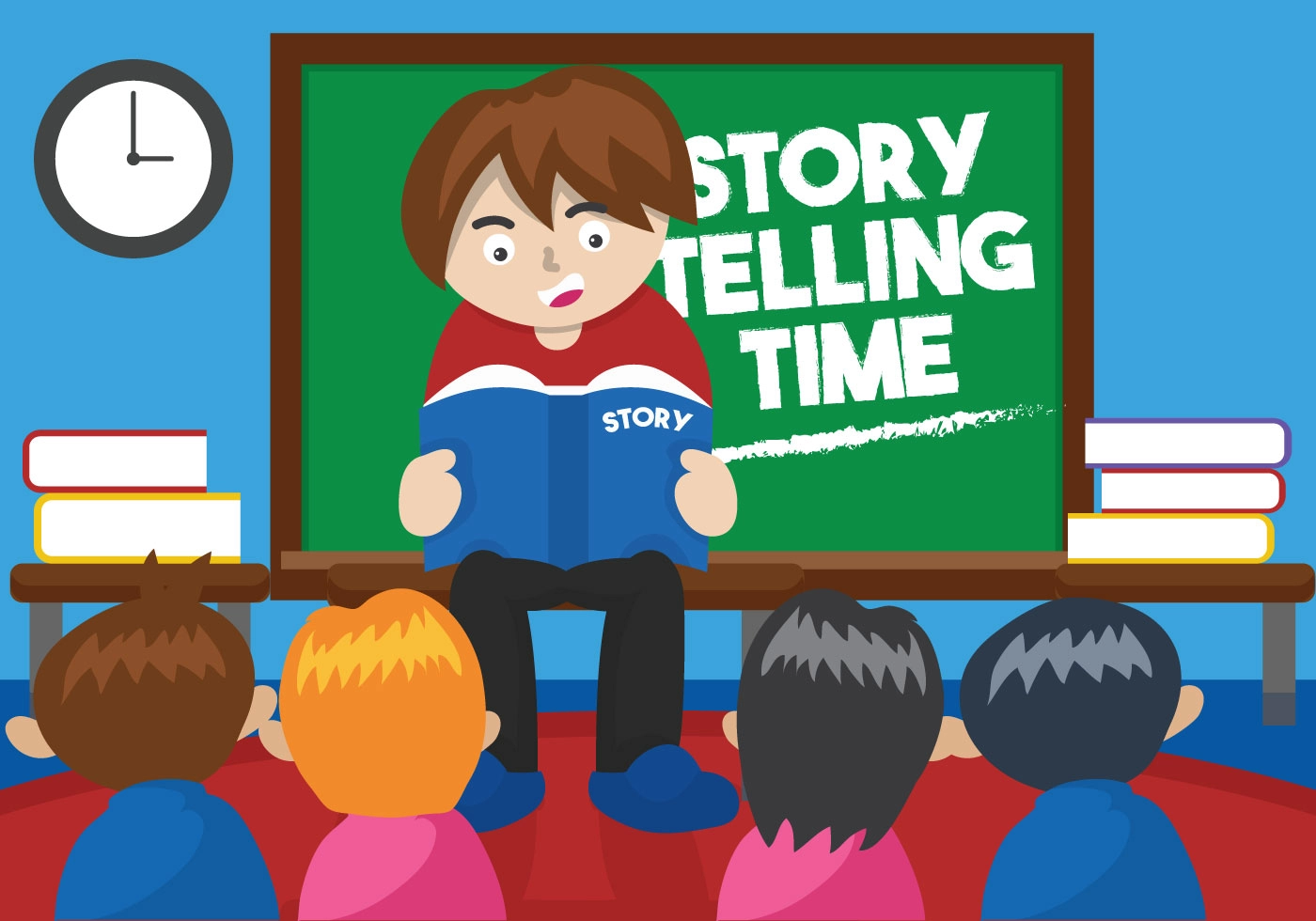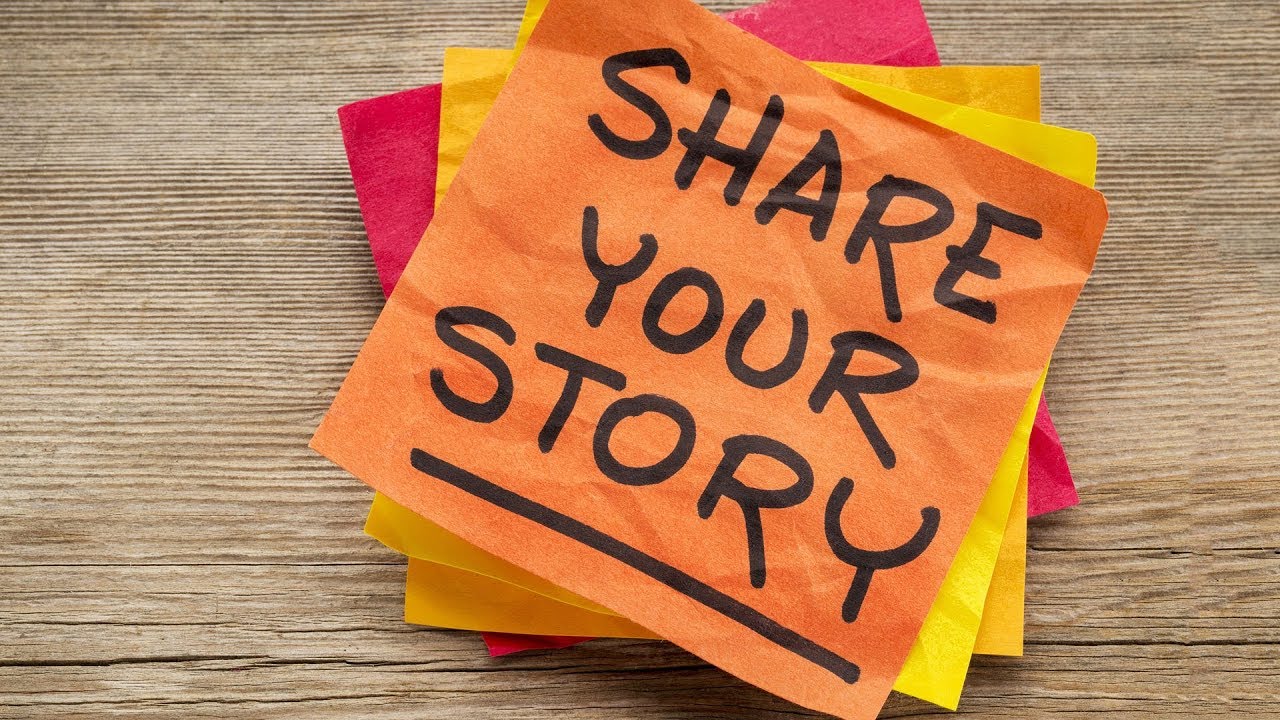Storytelling is far more than just a form of entertainment. Across generations and civilisations, it has served as a vital instrument for survival—transmitting language, values, customs, and historical memory. In today’s world of rapid globalisation and digital uniformity, storytelling is more crucial than ever. It connects us to our heritage and ensures cultural identities remain vibrant and relevant.
Why Cultural Heritage Matters
Cultural heritage is not limited to grand monuments or museum collections. It lives in the lullabies sung by grandparents, the folktales shared around fires, and the customs observed during local festivals. It’s woven into the dialects, the food, the rituals, and the lived experiences that define communities. These everyday practices shape our collective identity and our understanding of the world.
However, modernisation, media saturation, and migration often pull younger generations away from these roots. In such times, storytelling becomes both a way to remember and a form of resistance—an active step in preserving the richness of cultural diversity.
Storytelling as a Living Archive
Oral Traditions That Carry Generations
Long before written records, oral storytelling served as the primary method of knowledge transfer in many Indigenous and rural communities. These stories weren’t just amusing tales—they carried essential information: when to sow and harvest, how to navigate the landscape, and how to live with moral integrity.
For instance, Aboriginal Australians’ Dreamtime stories serve not only as mythology but as ecological maps, legal frameworks, and spiritual teachings. Likewise, African griots act as oral historians, musicians, and poets, safeguarding community history through spoken word. These narratives are not mere entertainment—they encapsulate entire worldviews.
How Stories Shape Identity
Reclaiming Narratives Post-Colonialism
Stories play a central role in shaping how communities view themselves. In nations that have experienced colonisation, storytelling helps reclaim narratives lost or distorted by external powers. Across the globe, marginalised communities are turning to traditional stories to rebuild a sense of pride and identity.
In India, folklore featuring local heroes, sages, and kings has helped restore cultural self-awareness. In the Americas, Indigenous peoples are reviving oral traditions in their ancestral languages, reinforcing unique identities despite centuries of suppression.
The Power of Personal Memory
Family anecdotes, memoirs, and personal recollections matter deeply. A story about a grandmother’s cooking or an uncle’s song does more than entertain—it documents a way of life. These memories serve as cultural artefacts, preserving knowledge that textbooks often overlook.
Storytelling in the Diaspora
For diaspora and immigrant communities, storytelling bridges the geographical and cultural divide between old and new homelands. While physical distance may grow, stories passed down by elders keep traditions alive.
Even when younger generations lose fluency in their heritage language, they often retain an emotional connection to the stories. These tales become a conduit for understanding their place in a wider cultural continuum.
A striking example is Neerja Raman’s The Chemistry of Belonging. Through heartfelt personal stories, she illustrates the emotional and cultural complexities of growing up in post-independence India and adapting to life in the United States. Her work showcases how inherited narratives shape identity across borders.
Adapting Storytelling for the Modern Age
Evolving with Technology
As culture evolves, so does storytelling. Traditional tales are finding new life in digital forms—graphic novels, podcasts, short films, and social media content. Far from diluting authenticity, these platforms can amplify voices and engage younger audiences.
Animated series like Maya and the Three and digital projects that showcase Indigenous myths are excellent examples of how modern technology can be harnessed to preserve tradition. Emerging tools such as virtual reality and interactive storytelling also offer immersive ways to explore heritage.
Respecting the Message
However, adaptation must be done thoughtfully. The message should always take precedence over the medium. Stories commercialised without cultural sensitivity risk stripping away depth and meaning. Community-led storytelling initiatives ensure that narratives remain rooted in authenticity and truth.
Storytelling as an Act of Resistance
In regions affected by war, displacement, or political oppression, storytelling becomes a powerful act of resilience. It proclaims: We exist. We remember. We endure.
Take the Kurdish people, for instance. Despite systematic attempts to erase their culture, they have continued to preserve oral epics and songs in private gatherings. Palestinian communities, too, use storytelling—especially through poetry and art—as a means to retain identity while in exile.
Women have also played a critical role in sustaining heritage through storytelling. In many patriarchal societies, women’s histories are passed not through formal records but through whispered tales, lullabies, and everyday rituals that carry forward generations of wisdom.
Education and the Power of Stories
Integrating storytelling into education deepens students’ understanding of cultural history. When learners encounter a culture through its stories, they engage emotionally and intellectually, fostering empathy and a broader worldview.
Teaching Through Language and Narrative
Language preservation efforts increasingly rely on storytelling. Teaching ancestral languages through traditional tales makes learning both meaningful and memorable. Bilingual storybooks, community theatre, and storytelling festivals have proven invaluable in these efforts.
The Role of the Individual
You don’t need to be a scholar or novelist to be a storyteller. Everyone has stories worth sharing—about family, community, rituals, or even personal growth. These narratives form the threads of cultural fabric and can be recorded or passed down informally.
Recording stories—whether through writing, audio, or video—creates a legacy for future generations. Encouraging intergenerational storytelling within families helps preserve knowledge in a personal and lasting way.
The Chemistry of Belonging by Neerja Raman is a perfect testament to this. Through vivid recollections, she not only preserves her family’s heritage but also offers insights that resonate across cultures and eras. Her work exemplifies how personal storytelling contributes to a larger cultural legacy.
Final Thoughts
Storytelling is not merely a nostalgic ritual; it’s a living, breathing act of cultural preservation. In a world driven by speed and surface-level interactions, taking the time to share and listen to stories becomes an act of defiance—a declaration that culture, memory, and identity still matter.
From ancient legends to contemporary memoirs, stories capture what numbers and data cannot: the soul of a people. They carry humour, hardship, faith, and wisdom, ensuring that cultural heritage is not only remembered but lived, felt, and carried forward into the future.
- The Power Of Storytelling In Preserving Cultural Heritage - June 3, 2025
- Sculptra Surrey – Collagen Stimulation Therapy Near Oxshott, Surrey - December 28, 2024
- The Ultimate Preparation Guide For Bum Filler Injections - December 17, 2024


